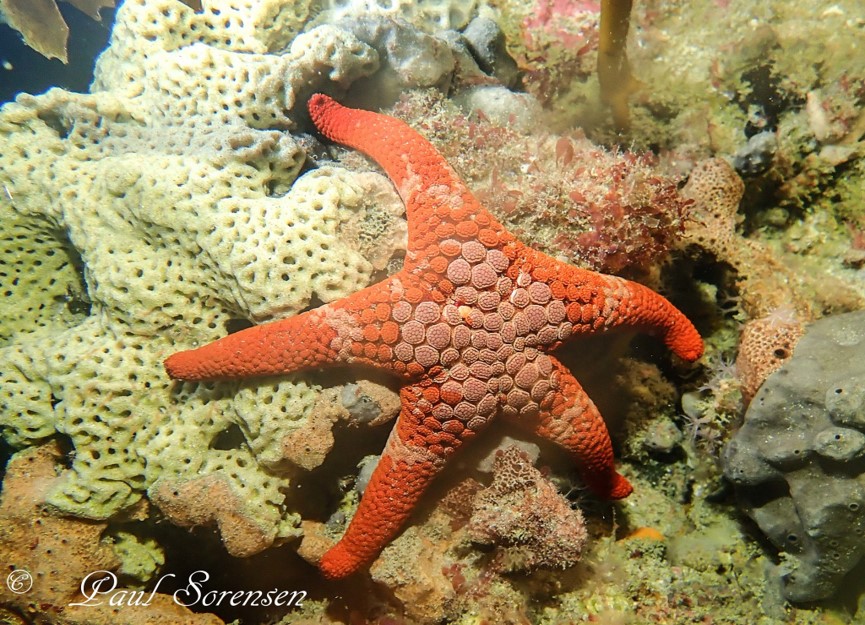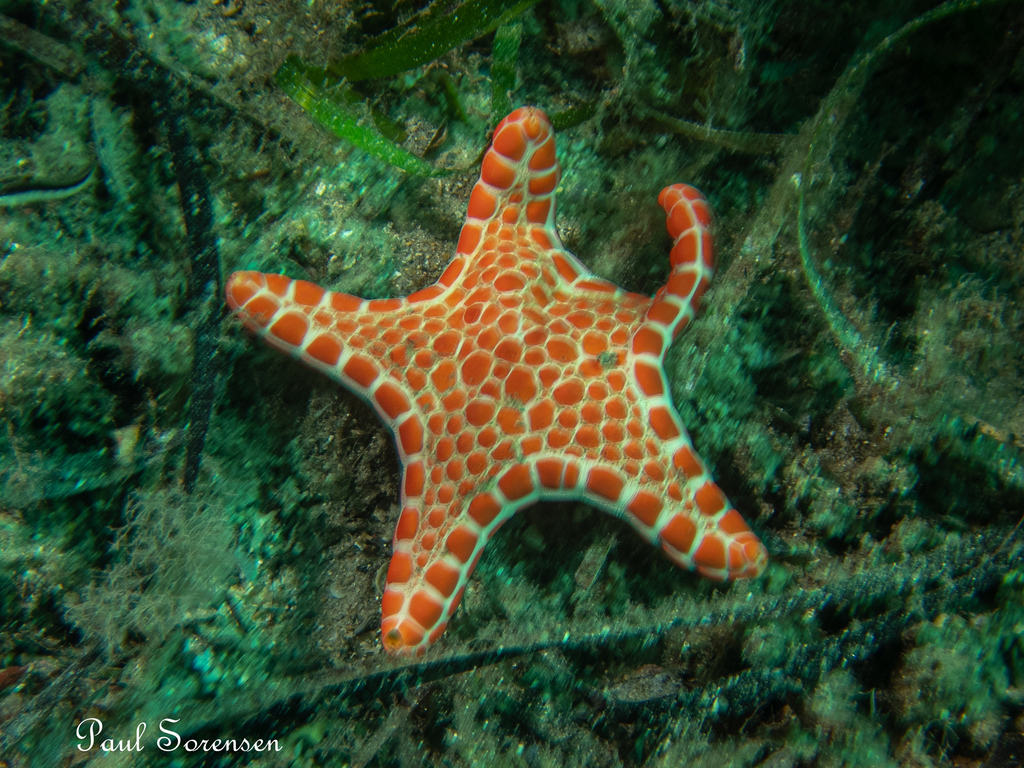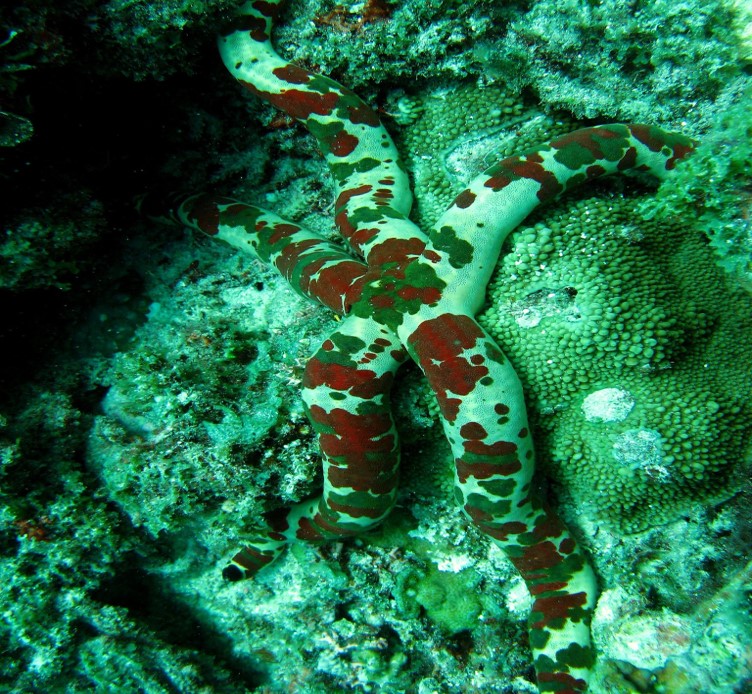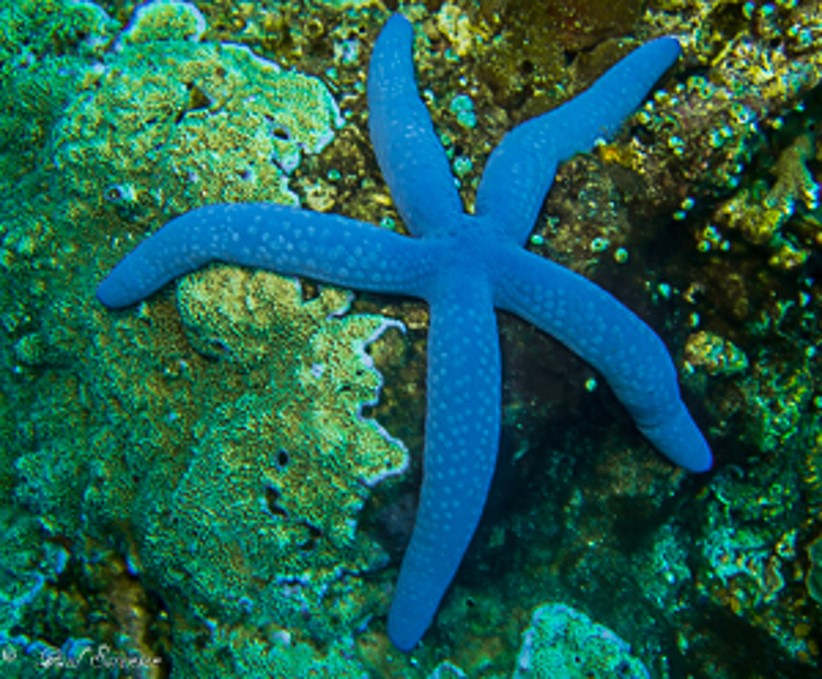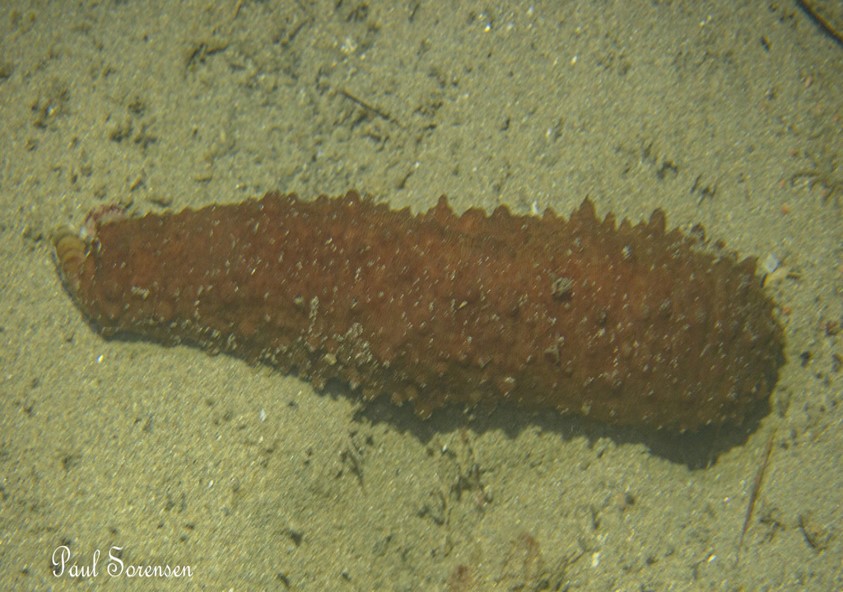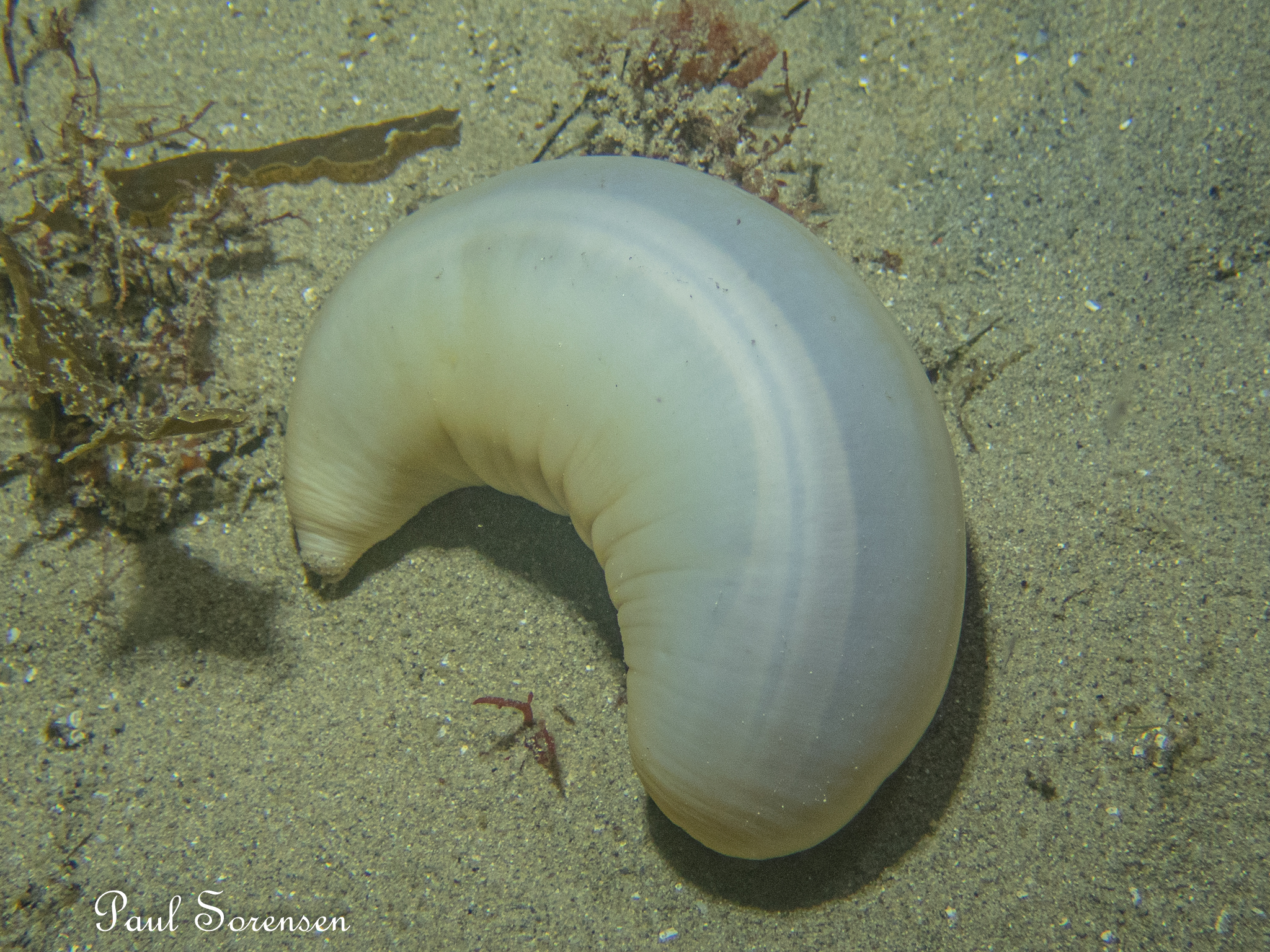You have 0 product(s) in your cart.
TOTAL
AU$ 0.00
ECHINODERMS
General
Distribution
Habitat
Body
Reproduction
Divided into:
Subphylum: Asterozoa
Class Asteroidea Sea Stars & starfishes
Class Ophiuroidea Brittle Stars
Subphylum: Crinozoa
Class Crinoidea Sea Lilies & Feather Stars
Subphylum: Echinozoa
Class Echinoidea Sea Urchins and Sand Dollar
Class Holothuroidea Sea Cucumbers
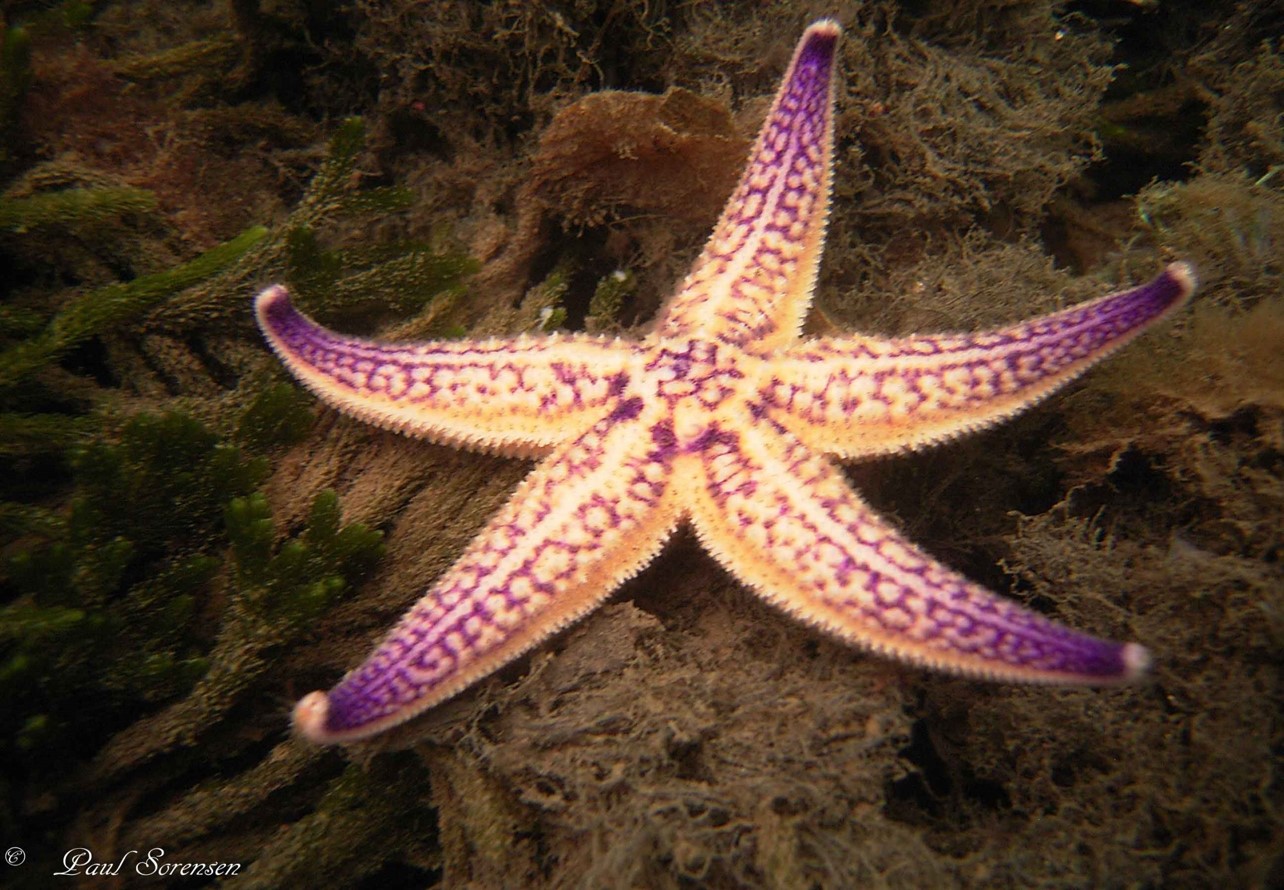
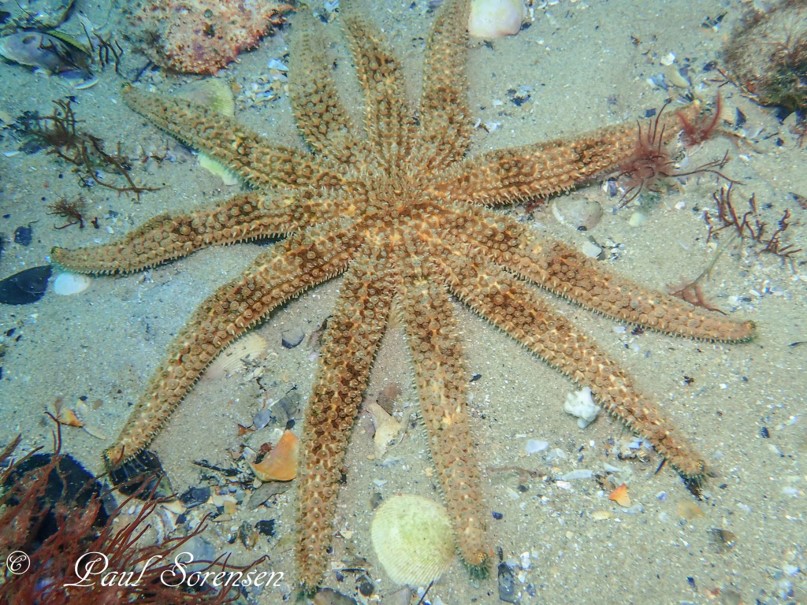
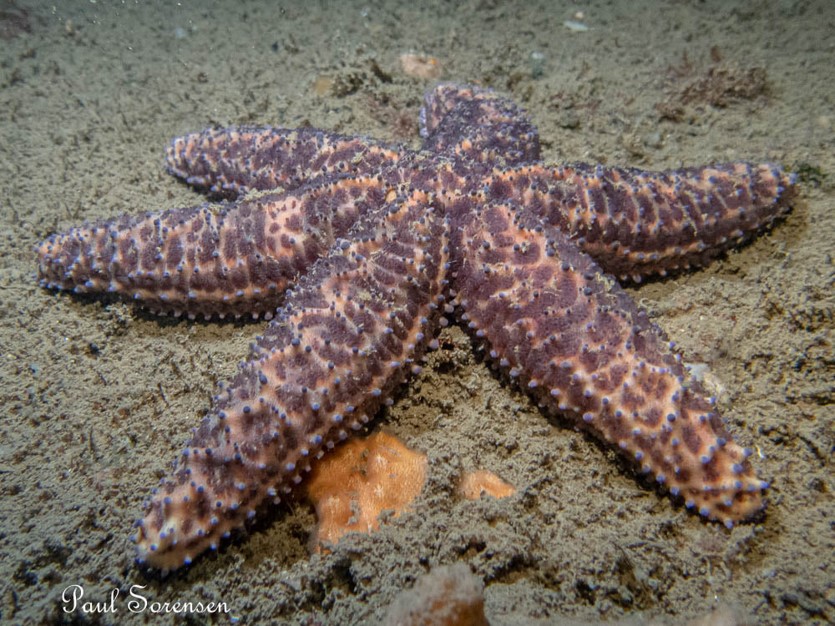
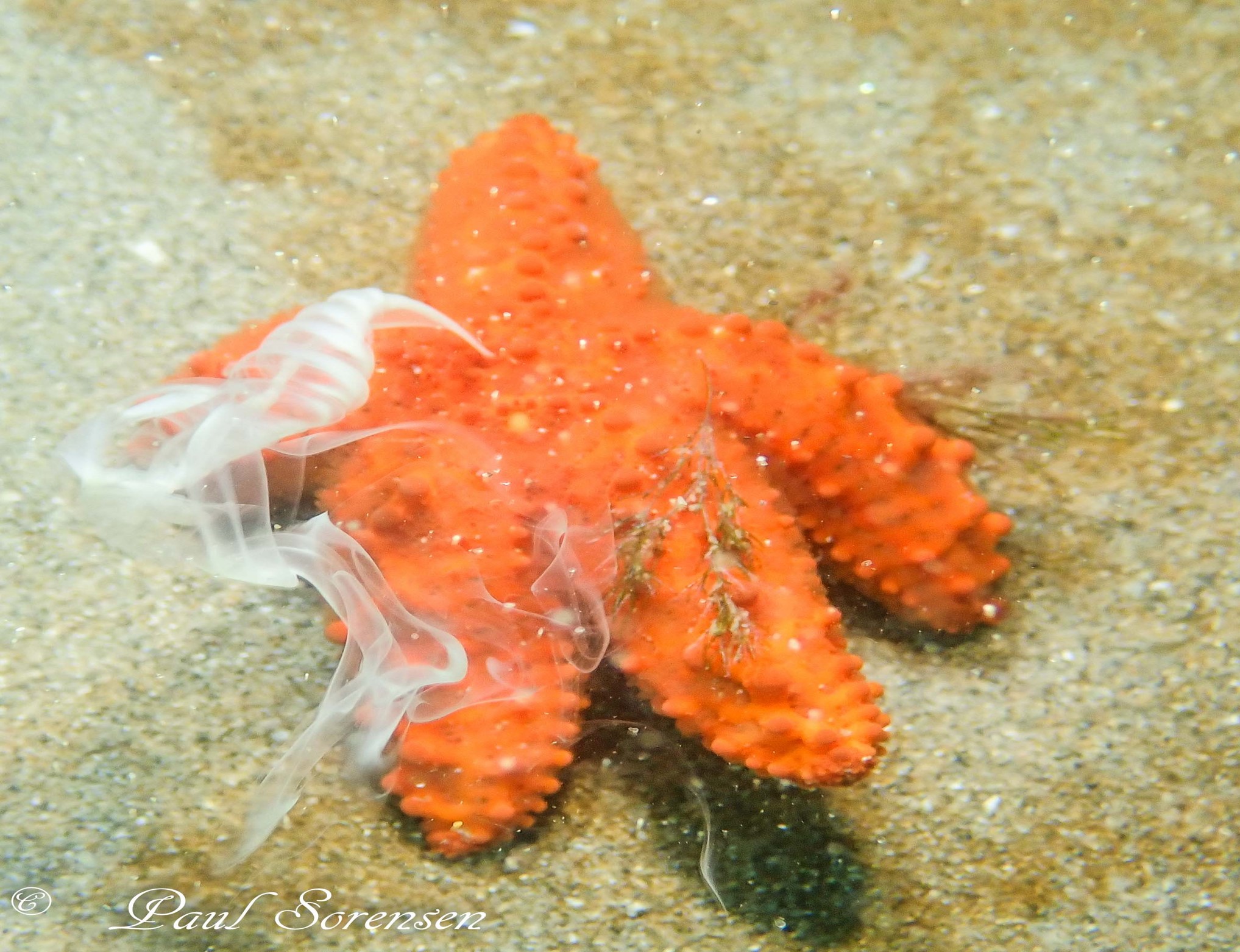
Photo by Paul Sorensen. Victoria, Blairgowrie Pier, February 2020.
Common Name: Luzon Sea Star
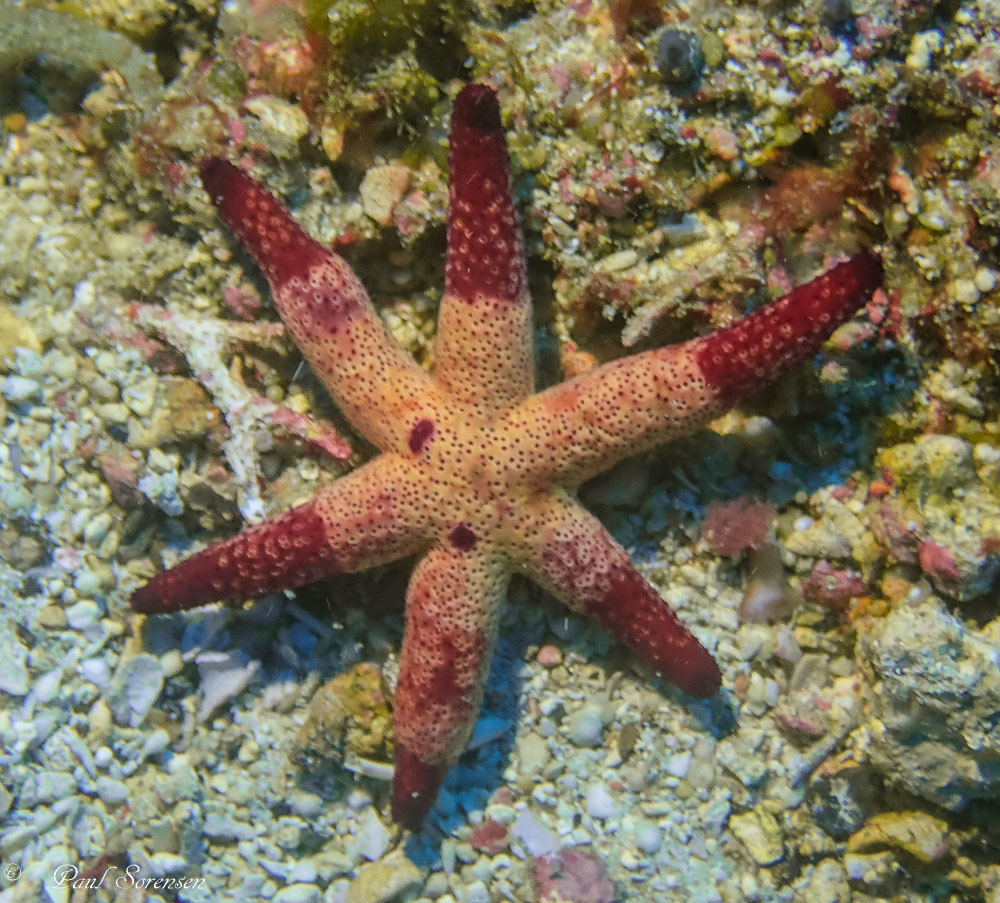
Photo by Paul Sorensen. Philippines, Puerto Galera, October 2018.
.jpg)
.jpg)
.jpg)
